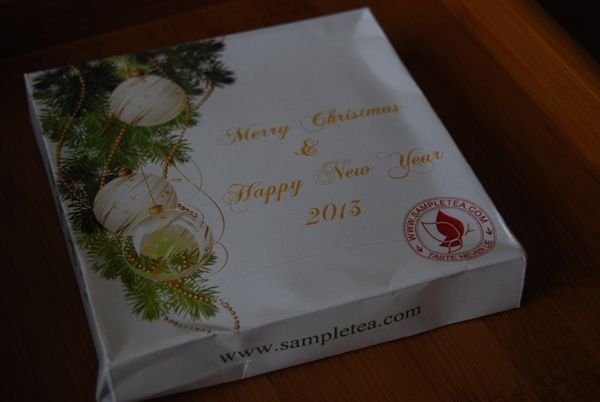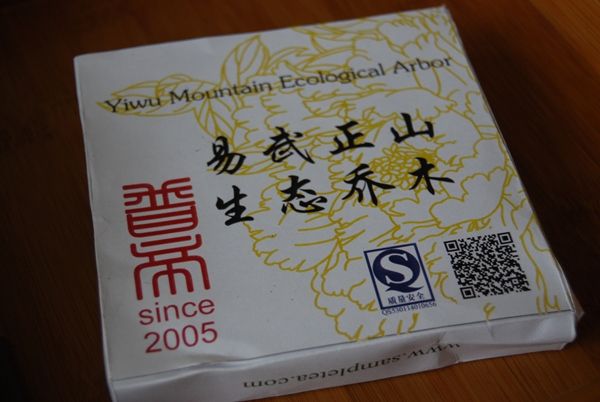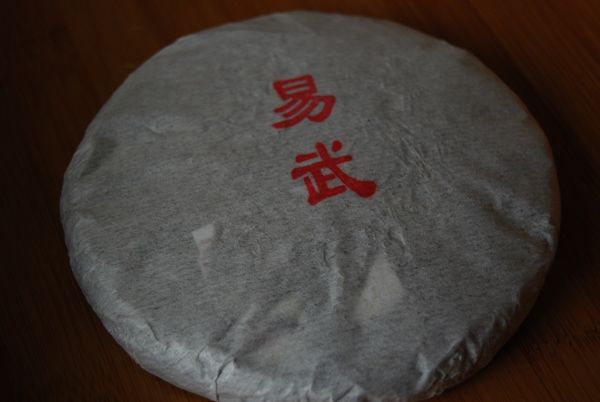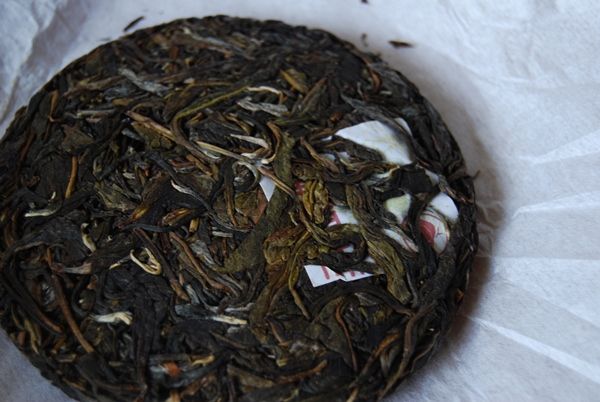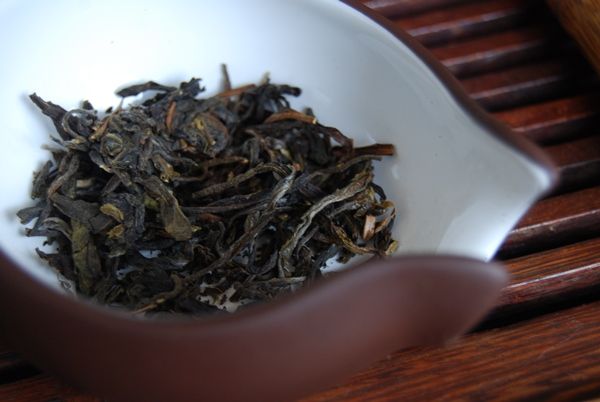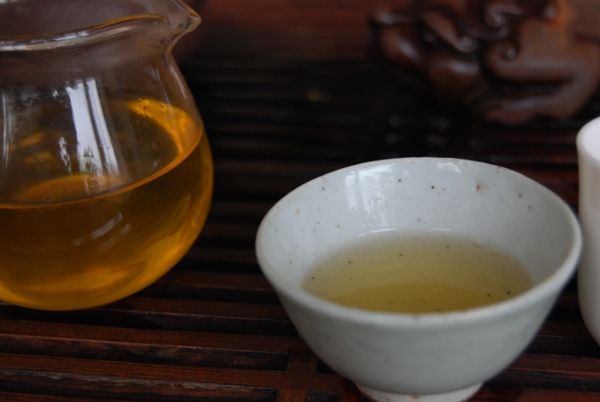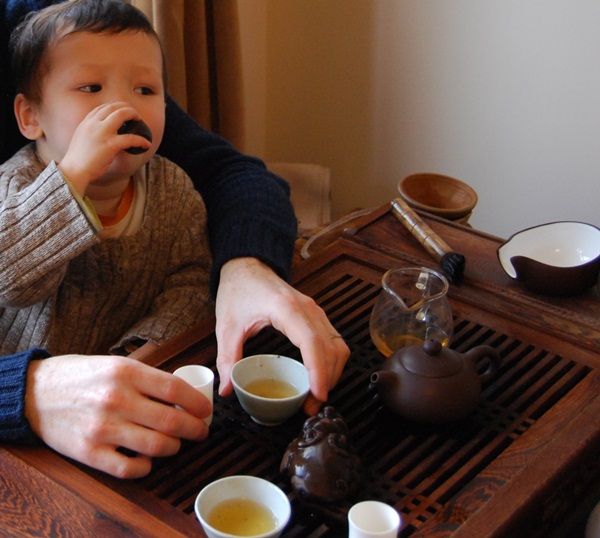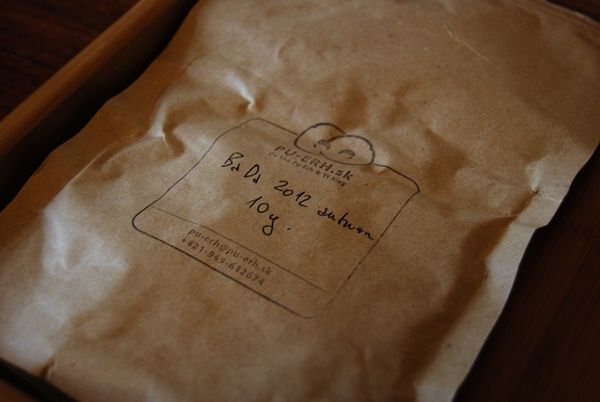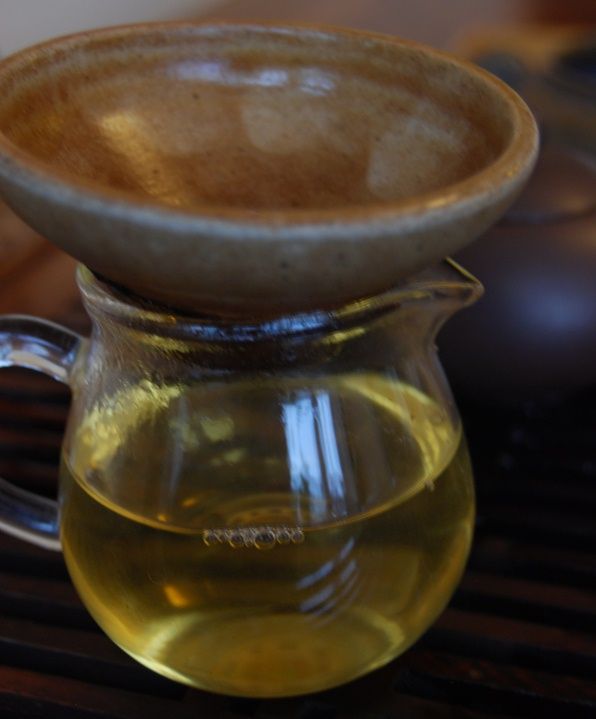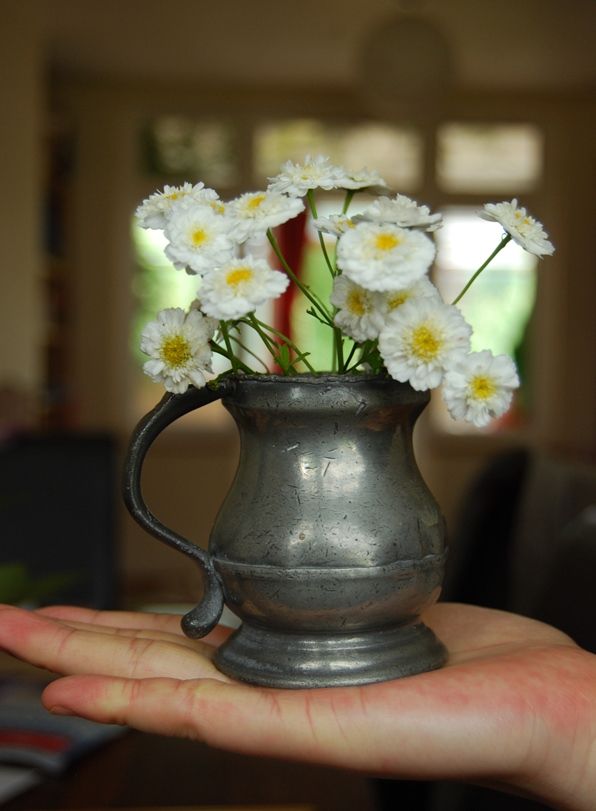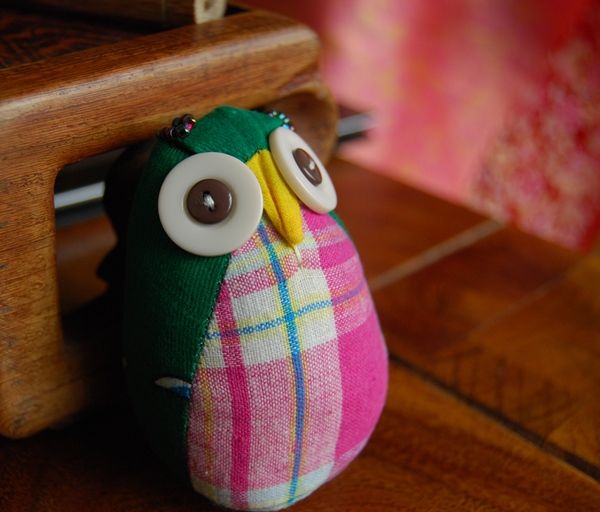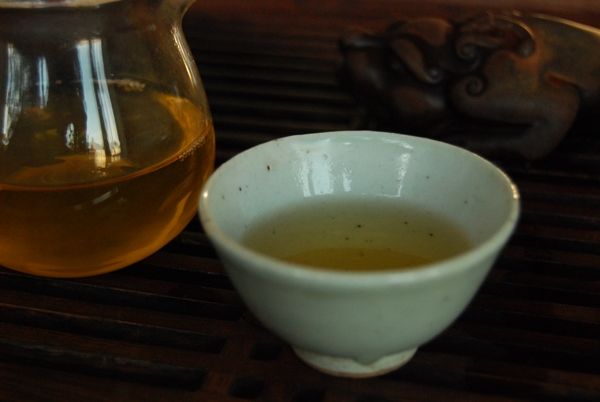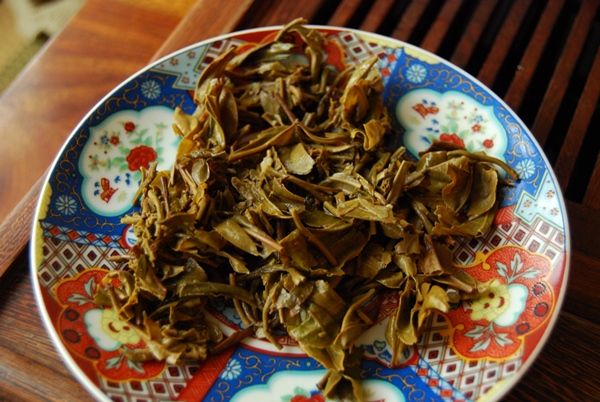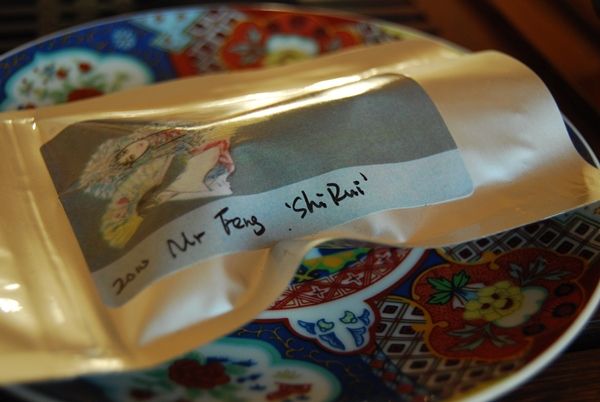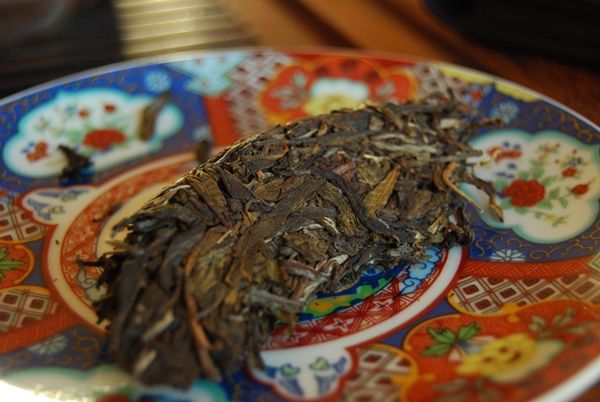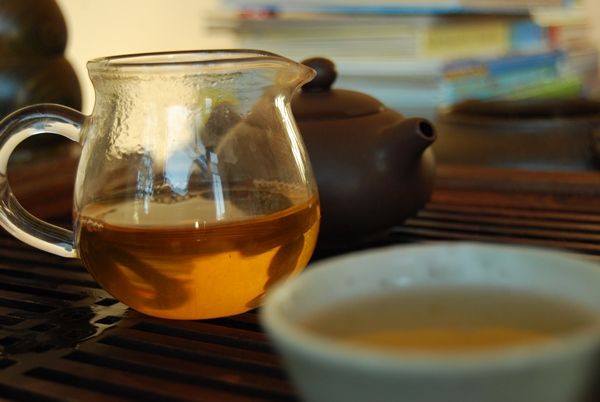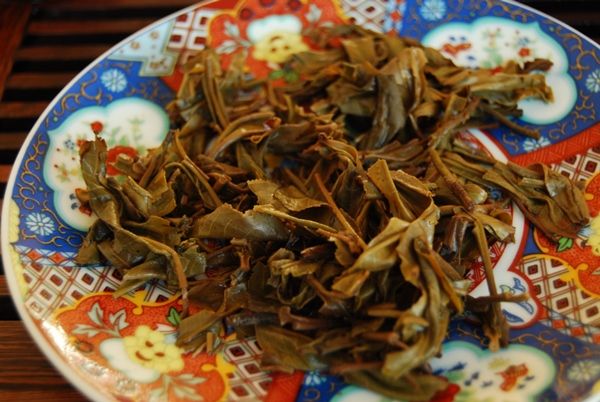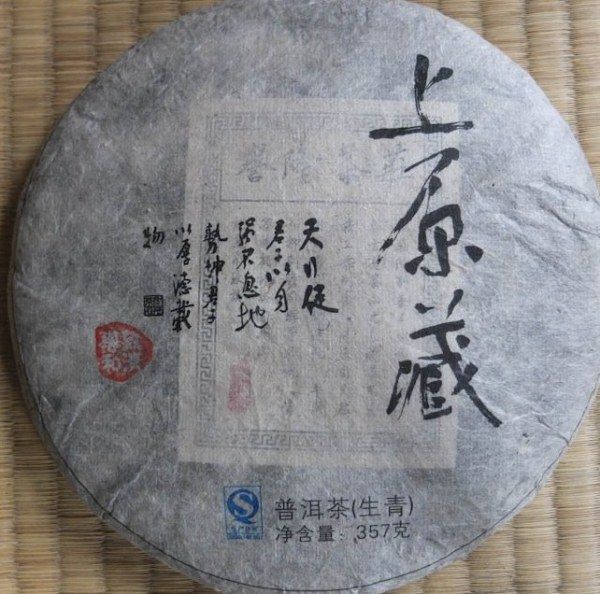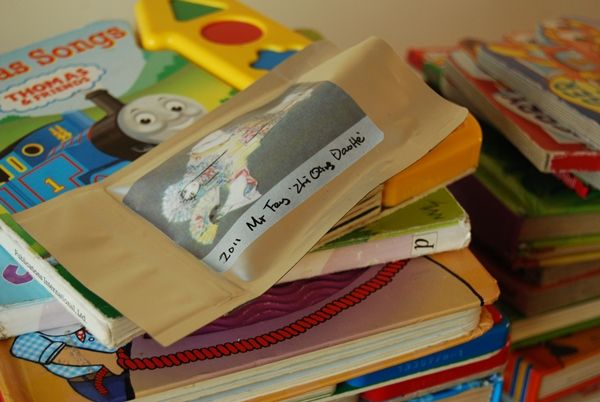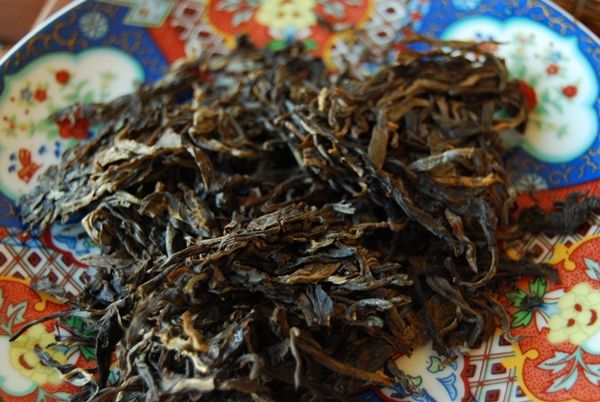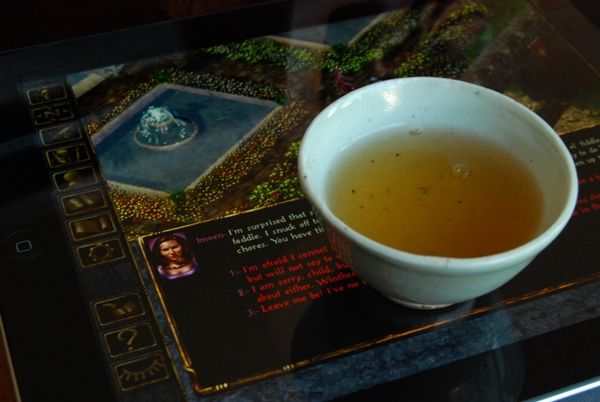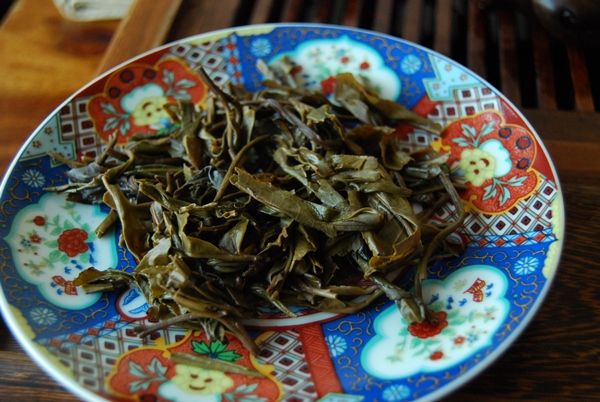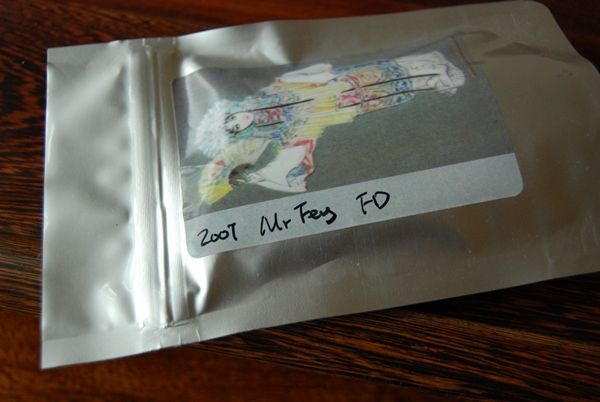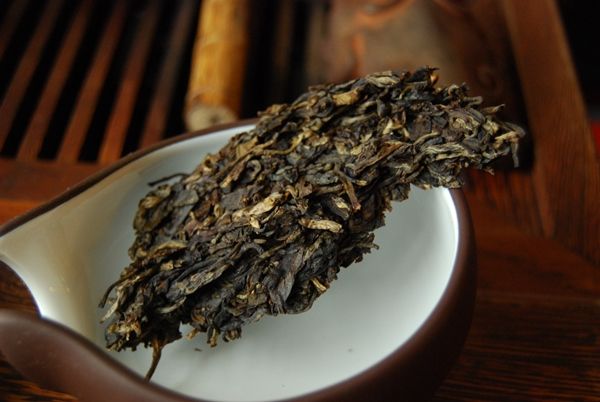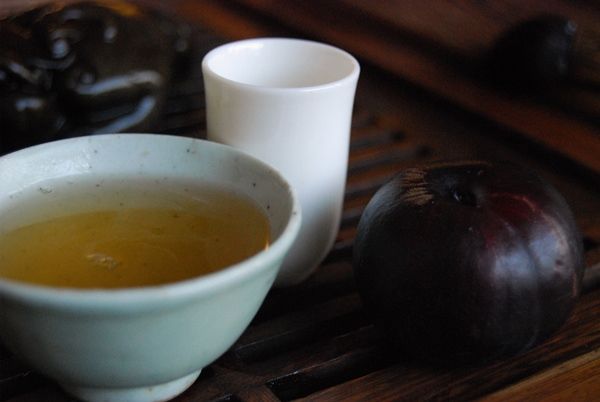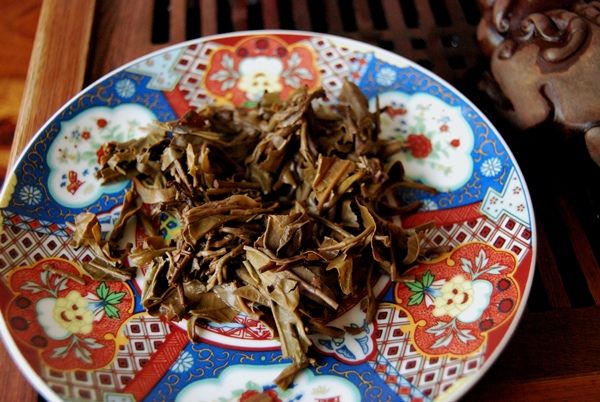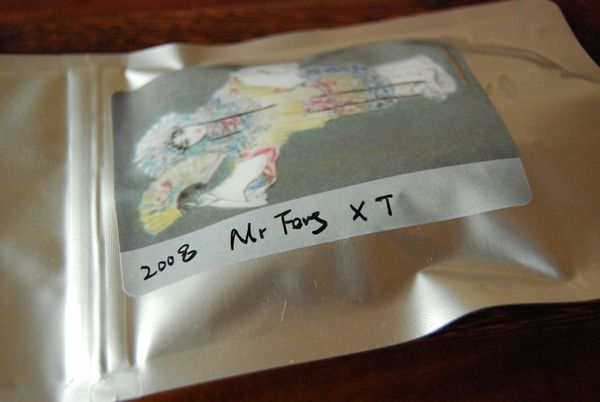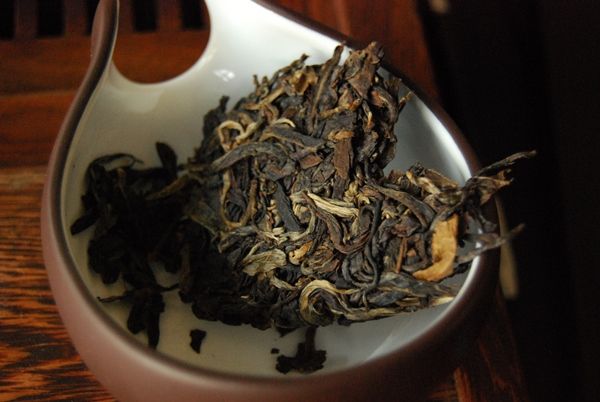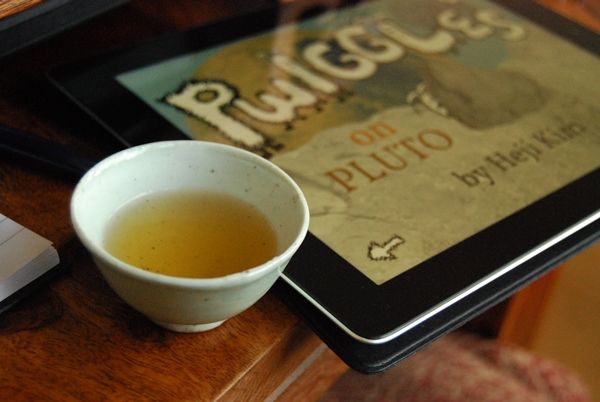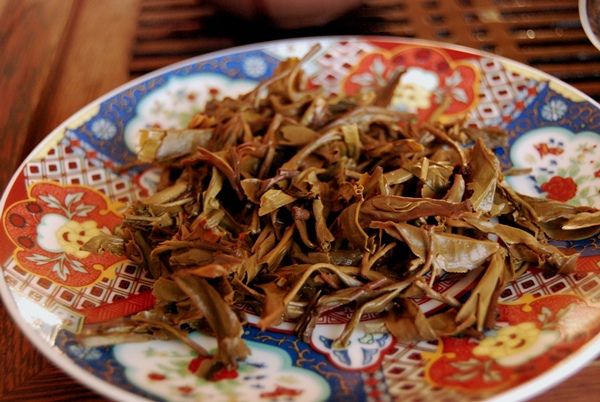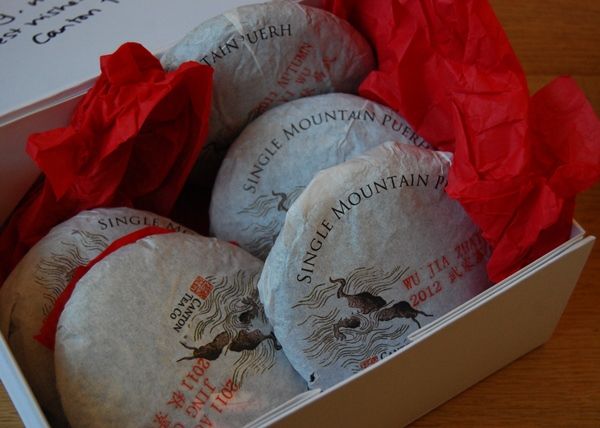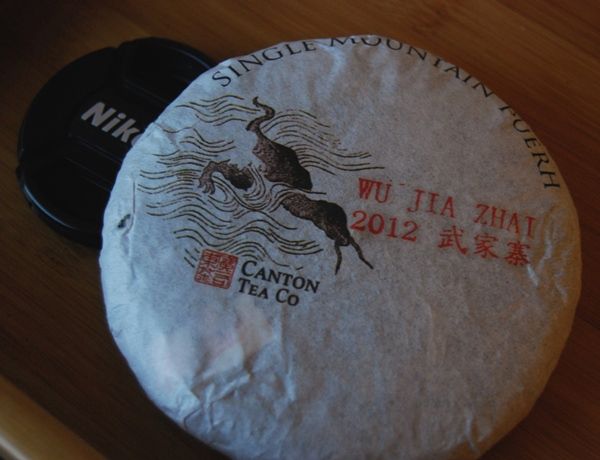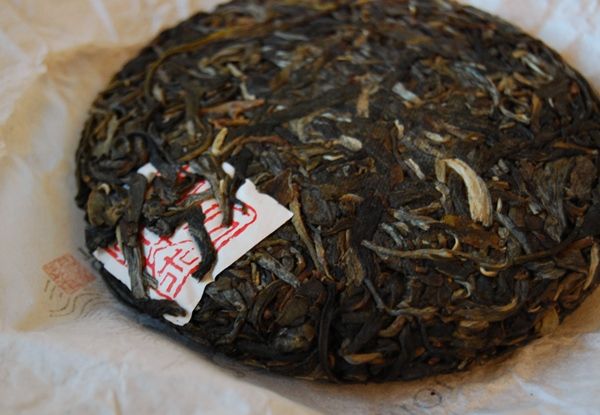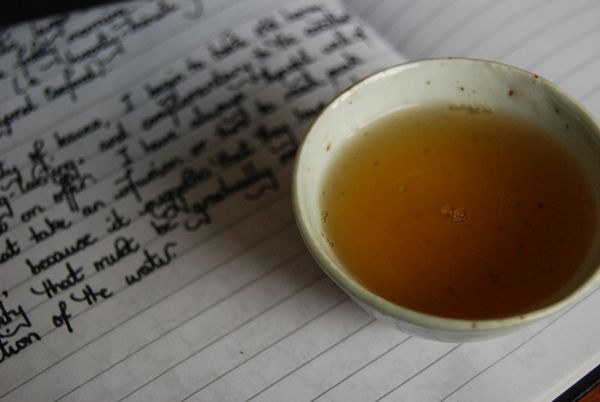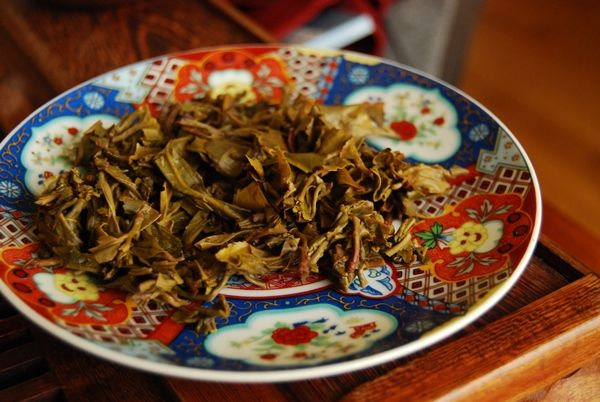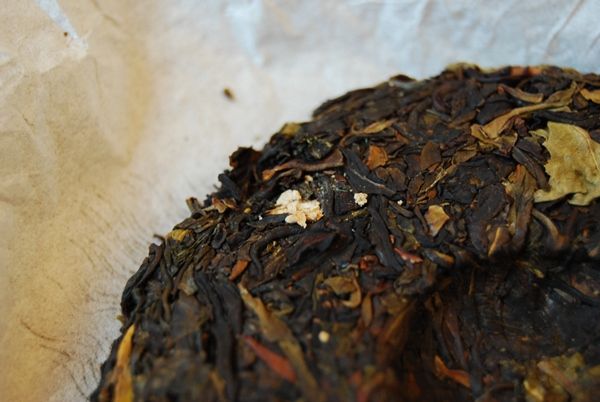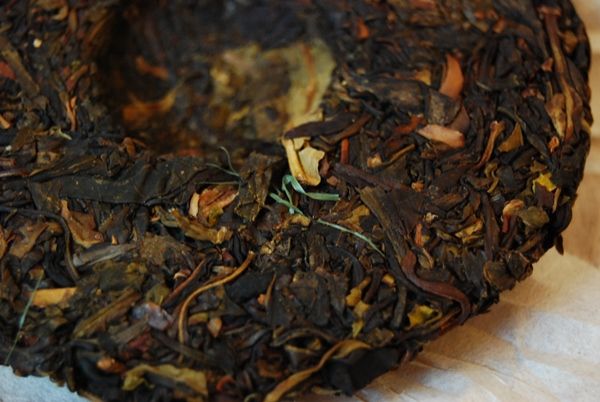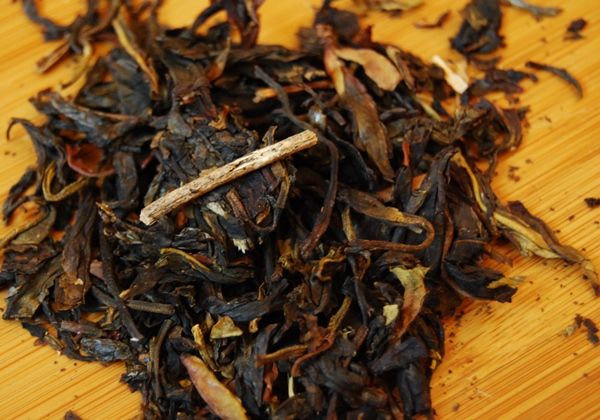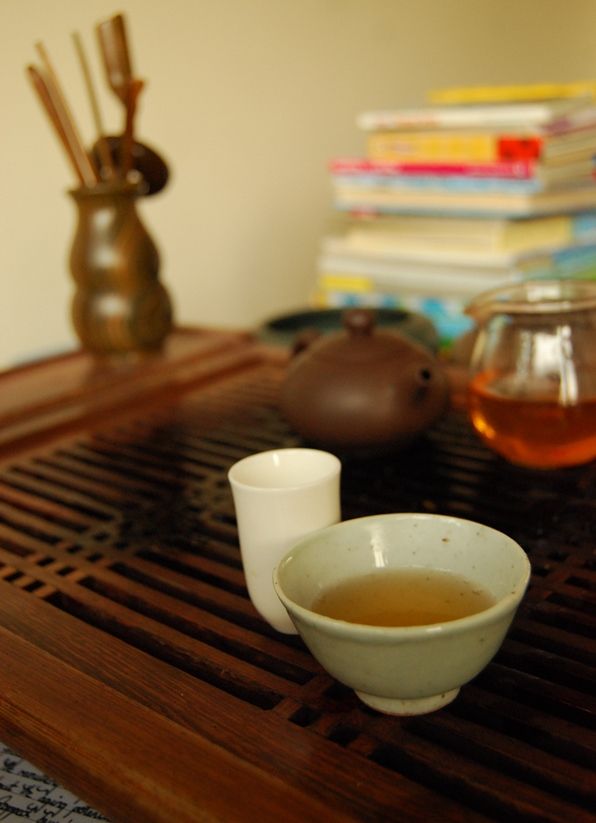Unto thee, Teagangsters, the greetings of the season. Independent of religious inclination, surely everyone appreciates a national holiday. And good food. And some decent bottles of plonk.
Family tradition in my house is that Christmas Day runs approximately as follows, which I invite you to compare to your own itinerary as may exist:
1. Heavy breakfast
2. Gifts
3. Optional Christmas Day mass
4. Light booze
5. Heavy lunch
6. Heavy booze
7. Games / booze / light supper / booze
8. Bed
The rather special example shown above was most kindly provided by a college to which both my brother and I used to belong: him as an immensely talented junior research fellow, at the start of his career as a cosmologist (which I like to refer to as "astrology"), me as a humble junior lecturer in a subject that is a little more down-to-Earth (and with far fewer gravitational equations).
The college couldn't tell us apart by name, because we have the same titles and surnames (being brothers); this worked out very well for a while, because he was charged all of my battels [approximately: college credit account charges]. I bought things, and they were charged to him. The system was obviously broken and required immediate fixing when he started to get my expenses payments. "Oh, I thought those were little Christmas bonuses", he noted with a huge grin.
My bro has since moved to a university in London; I have since moved colleges here (where THE JAKUB came to visit me a few weeks after my arrival). This bottle of port, then, is something of a sentimental treat, recalling to us both the fun days spent in our ancient little corner of the country, surrounding by crumbling architecture and Chinese tourists. Happily, the various Chinese family and friends who were with us for Christmas liked the port most of all. I noticed with pride that one visitor has since bought several bottles of more recent port to take home to Beijing.
The goodies move in both directions at Christmas: this xiaobing arrived in the last post before the Christmas break, from an outfit named Sampletea. I was just about to write "I have no idea how they got my name and address", but then, on reaching my keyboard, have an inkling that I may have written the same before, in a previous year. Perhaps, then, the mystery is solved.
Either way, I am most grateful to whomever sent this to me. Especially, because it's rather tasty.
Neither my dear wife nor I could make out the xiaozhuan characters printed in red on the box, which also appear on the neifei. It is possibly the name of the "brand" that Sampletea has adopted. On more firm footing is the good ol' familiar "Yiwu Zhengshan Shengtai Qiaomu" [Yiwu proper-mountain ecological/natural arbor/tall-tree], printed across the homemade box.
The wrapper itself, pictured above, simply states "Yiwu".
The leaves themselves tell a more comprehensive story: they are mostly whole, all the way through the little 100g cake, and the pressing is light, as if performed by hand, using stone presses. You may just be able to make out the similar red characters on the neifei as appeared on the box, in the above photograph.
I know absolutely nothing about this tea - as far as I can tell, it is not for sale anywhere. This probably makes sense, given that the box has been created as a Christmas gift. However, I get the impression that it might be quite popular if made available. Certainly, I liked it.
The reasons for my enjoyment are many: it has the satisfying butteriness that indicates it is not very old, and has touched the wok fairly recently. It is comforting, bitter-sweet, and properly cooling in the mouth. The generic Yiwushan mixture of sweetness and leathery base is a welcome reminder of why tea from this region is so (very) popular, and this little cake is a very stable and charming example. The cooling huigan goes to work in the throat long after swallowing.
A quiet, humble, well-made treat with which to enjoy a Christmas session. I had a subsequent session with one of my Chinese visitors, and with Xiaohu sitting on my lap. The little chap dictated the terms: "Make it now, daddy! Make more tea, please! The leaves go in there!"
A day later, Christmas is passed, and I have settled at the table with a sample of autumnal tea, kindly provided by Puerh.sk. This one arrived at my laboratory a day before the arrival of the cake above, and may or may not be part of a new autumnal range from a teashop of which I have become something of a fanboy. Peter seems to make solid, very reliable cakes, and then sells them at a very reasonable price.
I have something of a short history with Badashan cakes from this shop, because I found the 2011 to be delicious, while arriving too late to the party to buy any, and then managed to grab a tong of the 2012 which will probably be Xiaolong's birth tong. Both of those beautiful cakes were springtime productions - this is an autumnal version.
This is, also, not a cake. Rather, it is maocha, and I am reminded of (i) how much I truly adore maocha, and (ii) how little of it I actually drink. The leaves are truly lovely, shown above, being entirely unbroken and obviously of good quality.
The brew is so dazzlingly, startingly fresh that it is not just pure yellow: it is actually tinted towards green. This does not seem obvious from the photograph shown below, due to my eternal (losing) battle with the colour balance of my camera.
It is cooling on the breath, numbing on the tip of the tongue, vibrant on the lips, and screams "yumptious" throughout. It has an autumnal base of biscuit and dark fruitiness, which works very well with the brazen, straightforward, grassy power of Badashan. Depending on the price (the product is not listed at the company web-site, as far as I can tell), I could easily imagine drinking this during my working day. It would be committed to worktime brewing not because of a low quality, but merely because it is maocha. Energetic, clean, and very well-made, it is everything that we have come to enjoy from Puerh.sk.
And so, I wish you the best of the continued season's blessings, and hope that you enjoy it in whichever means you enjoy it. It isn't a "white Christmas" here, but even the rainclouds and darkness cannot expunge the genuine warmth of the Christmas spirit.


